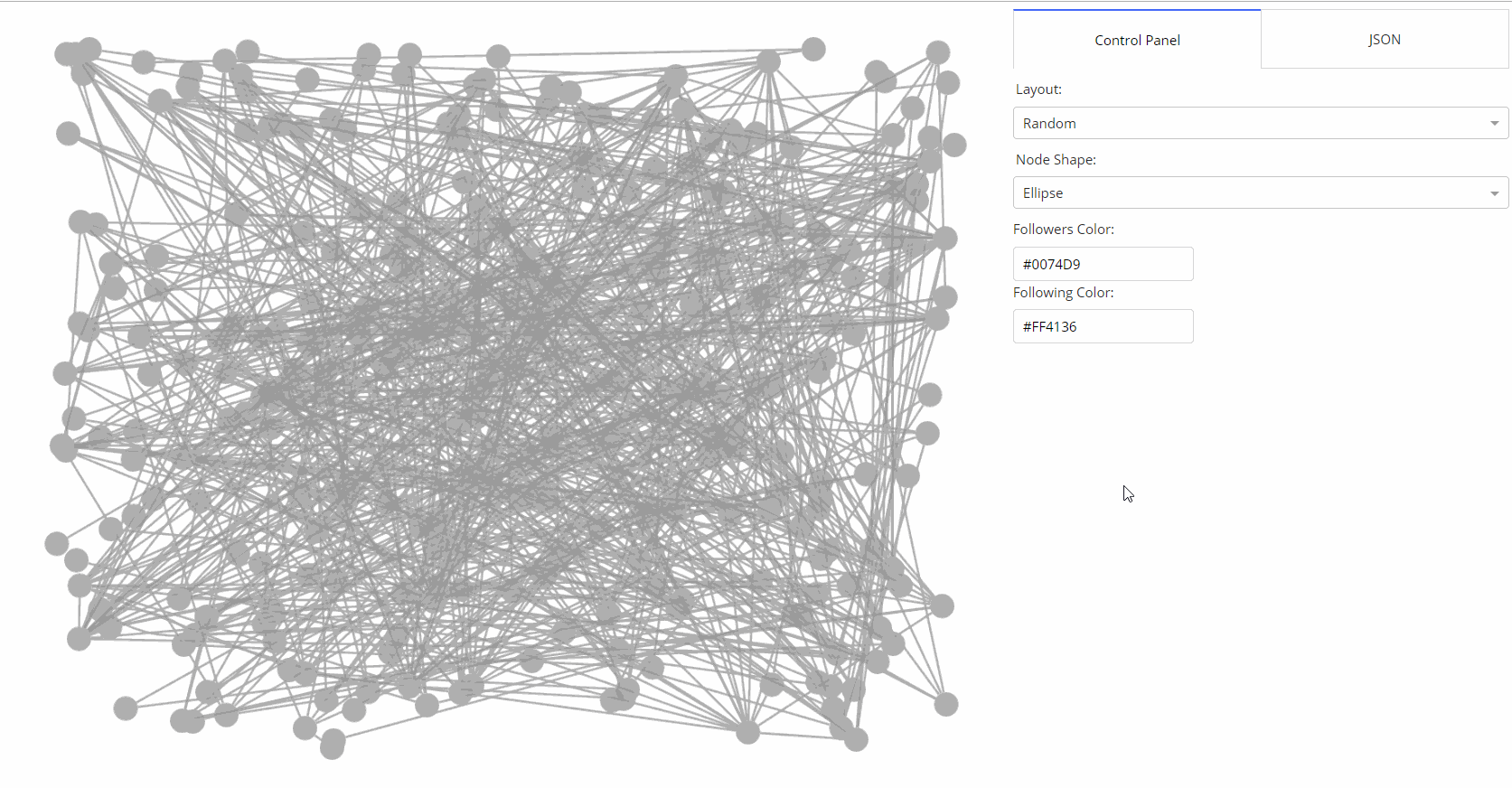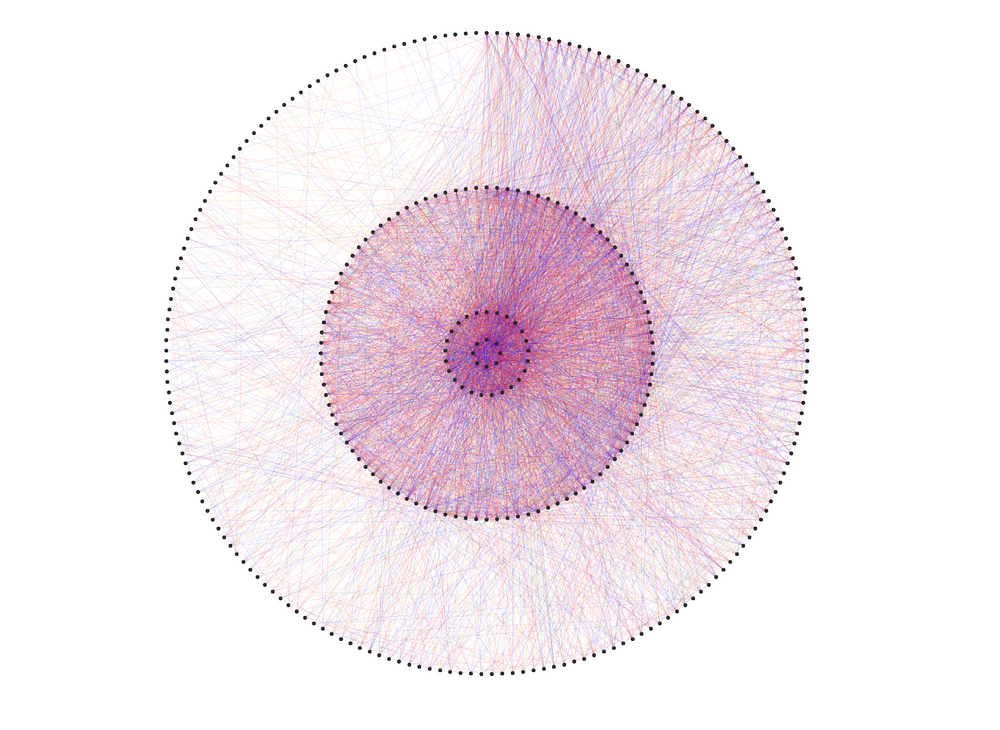


- #CYTOSCAPE JS REACT HOW TO#
- #CYTOSCAPE JS REACT INSTALL#
- #CYTOSCAPE JS REACT UPDATE#
- #CYTOSCAPE JS REACT CODE#
This makes the layout run all its iterations at once, albeit still asynchronously. Further, a continuous layout may be configured to disable animation via animate: false. If a discrete layout is run as an animation via animate: true, then that layout is no longer synchronous. How animation affects synchronicity An example of an animated layoutĪnimation options can alter the properties of continuous and discrete layouts.
#CYTOSCAPE JS REACT CODE#
Instead, you must use events or promises to run code after the layoutstop event. You can not read resultant layout positions for a continuous layout on the line following n(). There is a major distinction between these classes of layouts with respect to synchronicity.Ī discrete layout is synchronous: The resultant positions are synchronously set such that you can access those resultant node positions on the line of code following n().Ī continuous layout is asynchronous: It runs iterations over time, without monopolising the main thread. While a continuous layout is generally more expensive to run as compared to a discrete layout, a continuous layout may give more sophisticated results. This creates a natural animation effect, though the underlying layout algorithm might or might not create a smooth transition between iterations. The nodes are generally organised in a geometric pattern.Ī continuous layout sets node positions over several iterations, typically through a a force-directed algorithm. The nodes go immediately from their previous positions to their resultant layout positions this makes this class of layout relatively cheap to run. There are two main classes of layout, discrete and continuous.Ī discrete layout sets node positions all at once. Classes of layouts Discrete and continuous layouts By tweaking the layout options for his dataset, you can often get a better visual result than by using the defaults. Other common options allow for setting the resultant node positions using animation. For example, many layouts have options to control how close nodes are to one another. These options allow you to configure how the layout runs by tuning the layout algorithm’s parameters. The set of options differs from layout to layout. Because a layout takes a set of elements as input, a layout can be used on the entire graph or on a subgraph ( cy.layout() versus eles.layout()). For example, many layouts will organise nodes such that each node is in close proximity to its neighbourhood. Passed edges provide the layout with topology that can help to determine where nodes should be placed. Each node that is passed to a layout is positioned by the layout. The set of nodes of edges, or collection, passed to a layout indicates which graph elements should be considered in the layout. A layout takes as input a set of nodes and edges along with a set of options. Layout definitionĪ layout is simply a mapping function: It maps a node to a position.
#CYTOSCAPE JS REACT HOW TO#
This tutorial gives an overview of how to use layouts generally and when each layout is useful specifically. The choice of which particular layout to use is key, but equally important is the choice of how and when to use a layout.Ĭytoscape supports several layouts, and it supports using layouts in several ways. A good layout can give a comprehensive view of the data. One of the first things to decide when visualising a graph is how lay out the nodes on the screen. Builtin layouts versus external extensions.Add setup and version explanation to README.Add support for headless, styleEnabled and the following (canvas renderer) rendering hints: hideEdgesOnViewport, textureOnViewport, motionBlur, motionBlurOpacity, wheelSensitivity, pixelRatio.When patching, apply layout outside of batching.
#CYTOSCAPE JS REACT UPDATE#

Otherwise, you will get whatever version npm or yarn thinks best matches this package's compatible semver range - which is currently ^3.2.19 or any version of 3 newer than or equal to 3.2.19. Note that you must specify the desired version of cytoscape to be used. Yarn add # your desired version, 3.2.19 or newer
#CYTOSCAPE JS REACT INSTALL#
Npm install # your desired version, 3.2.19 or newer Most props of this component are Cytoscape JSON. The react-cytoscapejs package is an MIT-licensed React component for network (or graph, as in graph theory) visualisation.


 0 kommentar(er)
0 kommentar(er)
